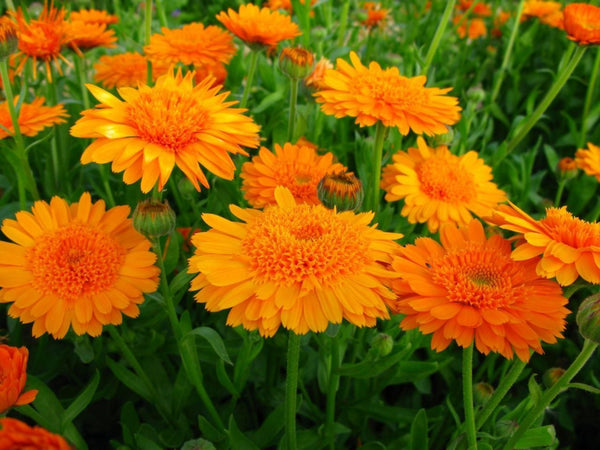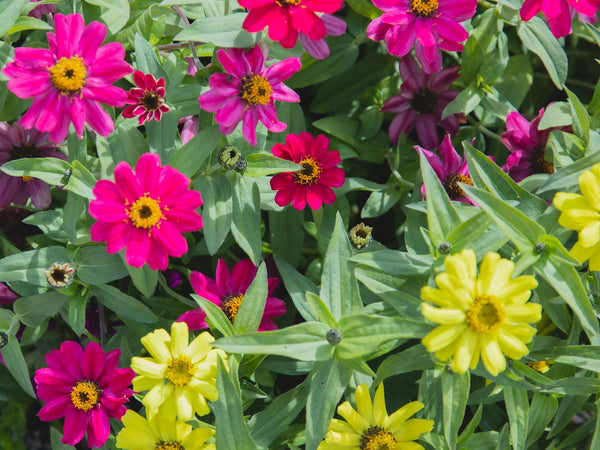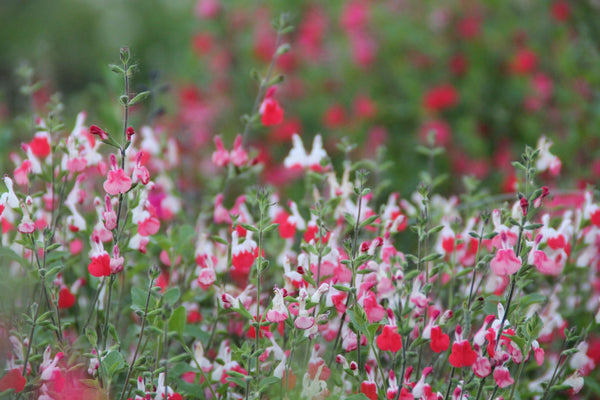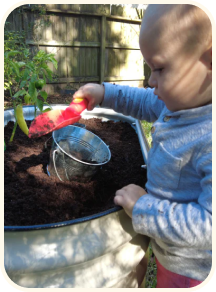Start Planting Annuals for a Pop of Color in Your Garden Beds
Whether you’re an experienced gardener or newbie, you will appreciate the impact of annual flowers on creating beautiful landscapes and vibrant gardens.
They not only add color, depth and texture, but also more flexibility in your garden design. Let’s get into some tips on planting annual flowers to boost your garden and plants.
Understanding annual flowers
Essentially, annual flowers complete their life cycle in one growing season, from seed to flower and to seed again. Adding annuals will give you an opportunity to experiment with different colors, shapes, and sizes every season. Unlike perennials that come back year after year, annuals are seasonal.
Annuals are incredibly diverse and versatile. Having them in your garden will allow exciting combinations of color and form to last all season long. Their typical colors range from bright hues of zinnias and sunflowers, to the subtler colors and pastel shades.
Benefits of adding annual flowers
Annual flowers can provide a strong display of color and visual appeal for your garden, with blooms throughout the growing season. They are great as spillers in containers, flowing over the edges to give your garden a lush look and feel. Annuals are also excellent as filler plants in garden beds, adding more volume and depth.
You can create diverse styles in your garden with the wide variety of annuals available, from classic setups, tropical oasis, or even a combination of themes. Annual flowers usually grow and bloom quickly, giving your garden space a quick transformation and adding additional color by the season.
Choose the right location
Before incorporating annuals, consider the sunlight requirements of your chosen plants. Some varieties require full sun, while others can thrive in partial shade. Position them in the garden accordingly for optimal growth and blooms.
To plant annual flowers, make sure your soil is well-drained and supplemented with organic matter to provide nutrients for healthy plant growth. Add some compost into the soil before planting to boost soil structure and fertility. As a rule of thumb, annuals prefer soil with a pH between 6.3 and 6.7. Incorporating peat moss or mulch will also help to build up your garden soil and allow plant roots to grow quickly.
Watering and weeding
During the initial stages of growing annuals, it is recommended to keep your soil consistently moist for best results. Retain moisture and suppress weed growth by mulching around your plants. Regular removal of wilted flowers will also encourage more blooms.
Composting helps
Composting is known for bringing multiple benefits to home gardens. The organic matter in compost including bacteria, minerals, and fungi helps to activate the soil, improving plant health. Apart from compost, using organic fertilizers on the top layer of your soil will also help to accelerate plant growth.
Top annuals for a thriving garden
Marigolds

Well-known for their vibrant colors and pest-repelling abilities, marigolds are popular annual flowers suitable for growing in containers and for companion planting as well.
Zinnias

Zinnias have bright flowers that attract a variety of pollinators, and are an ideal choice for cutting gardens or adding visual appeal, with beautiful blooms perfect for bouquets.
Salvia

Salvias are stunningly colorful flowers that attract butterflies and birds, making them a favorite choice for wildlife-friendly gardens.
Incorporating annual flowers into your gardens and garden beds can elevate both the beauty and functionality of your outdoor spaces. Don’t be afraid to move them around to improve your garden design. As long as you keep them well watered, they will continue to thrive.
With proper planting and maintenance, annual flowers can provide exciting and vibrant colors, attract beneficial insects, and transform your garden into a lush oasis. Try different combinations to boost your garden setup, and you’ll enjoy dynamic landscapes all year long.





























Leave a comment